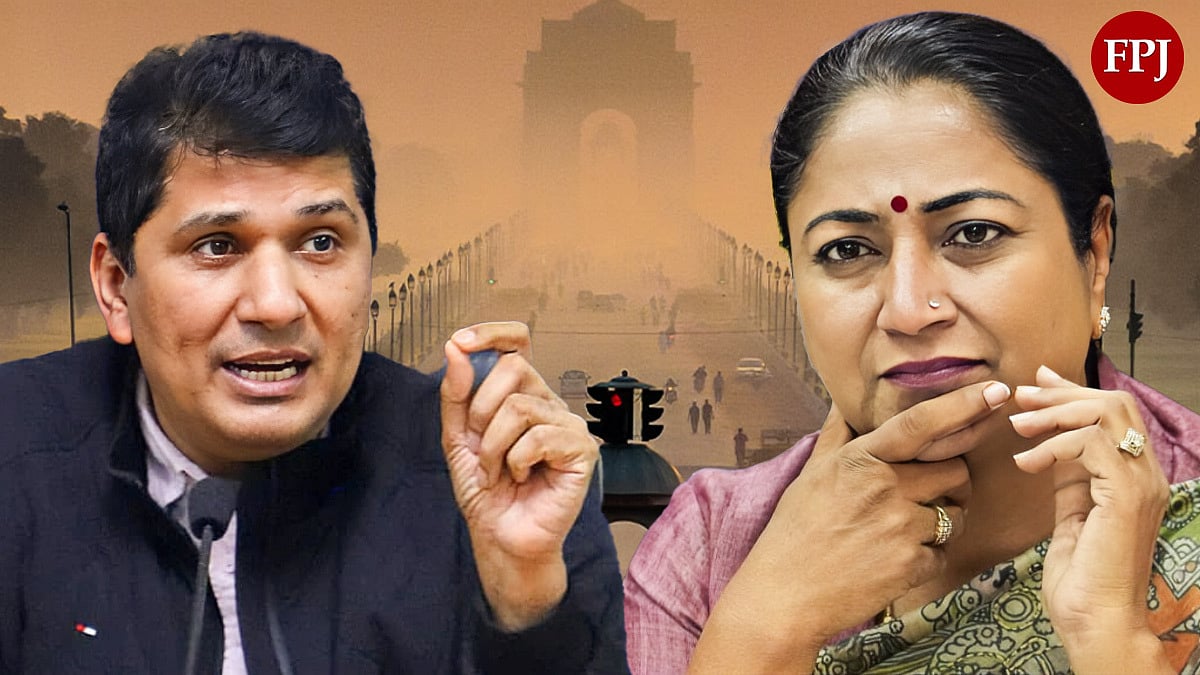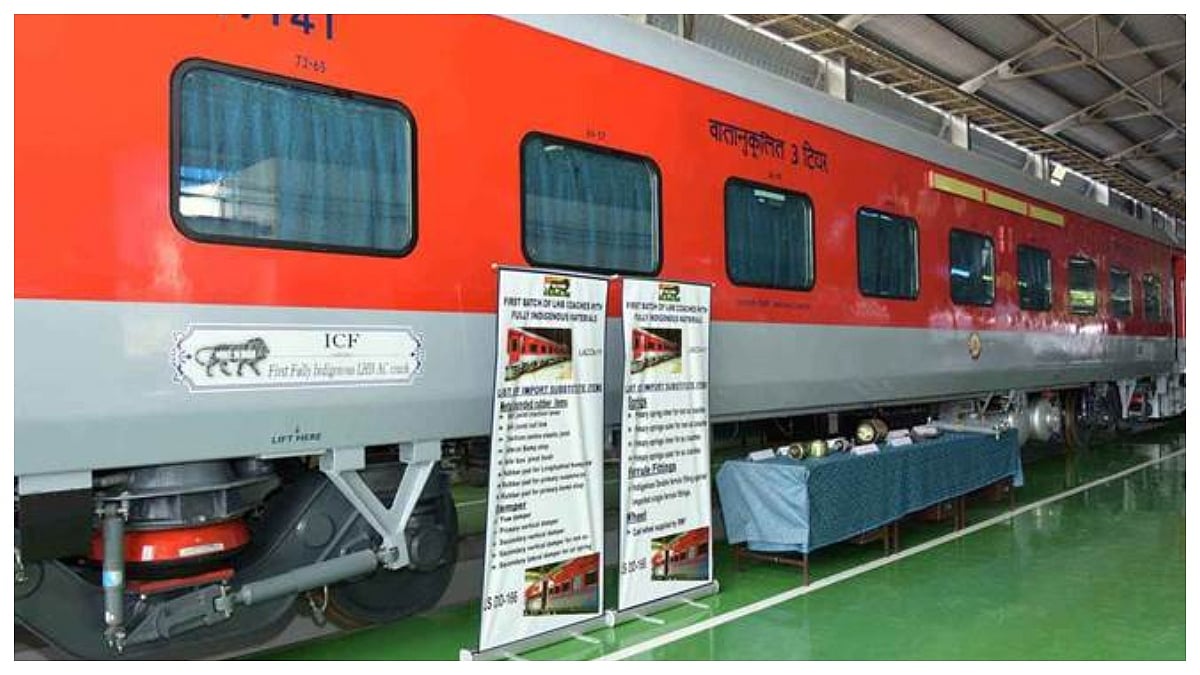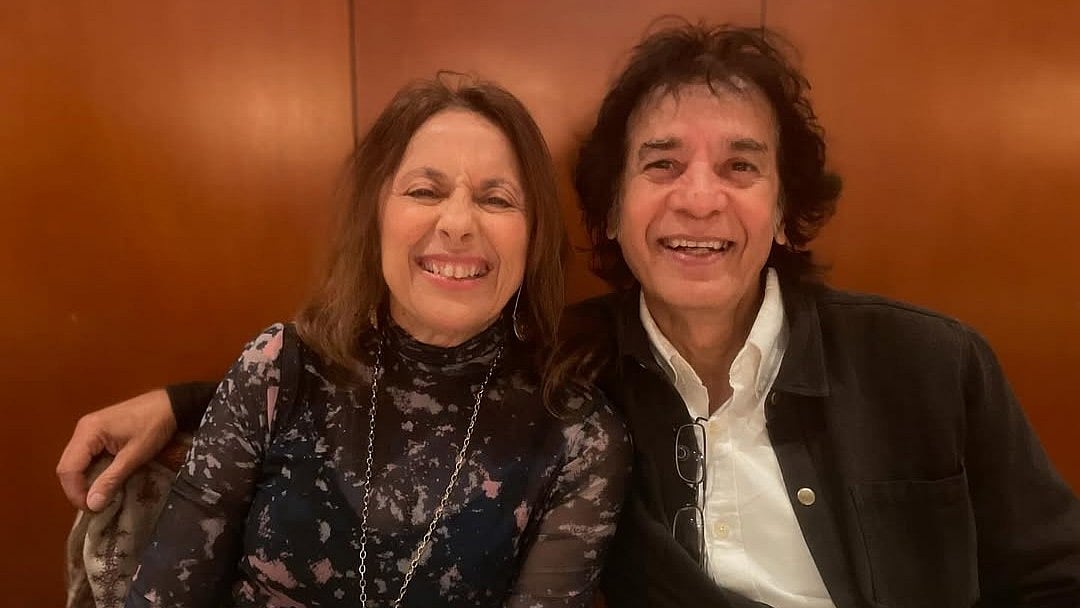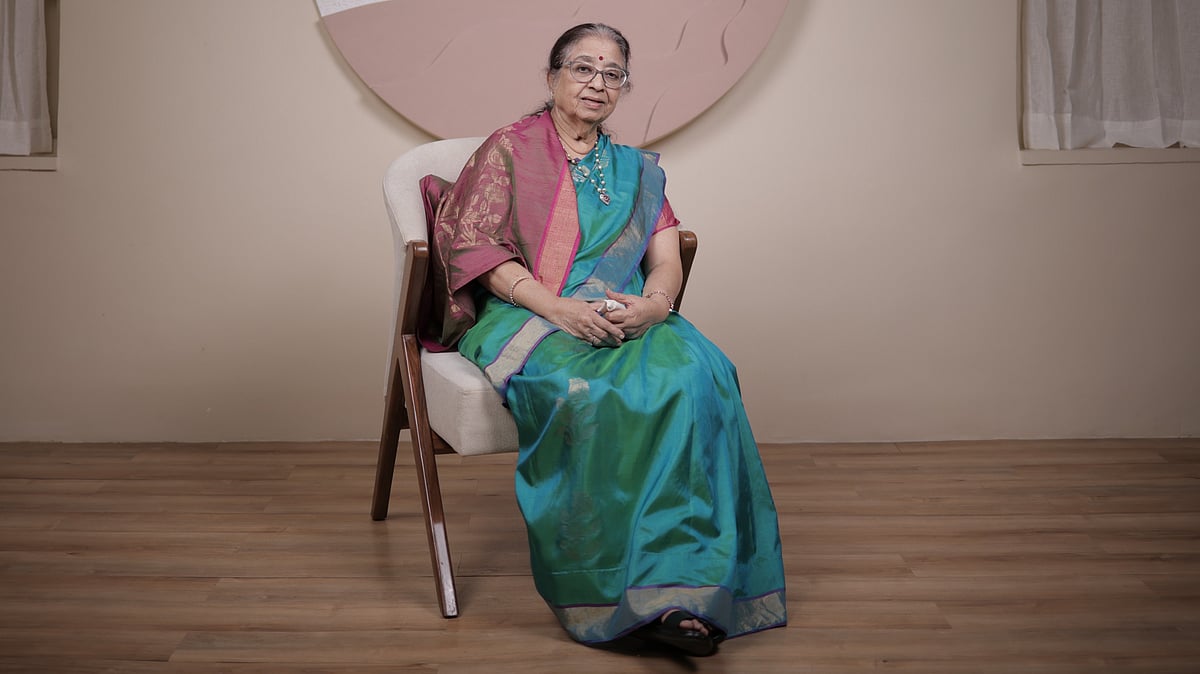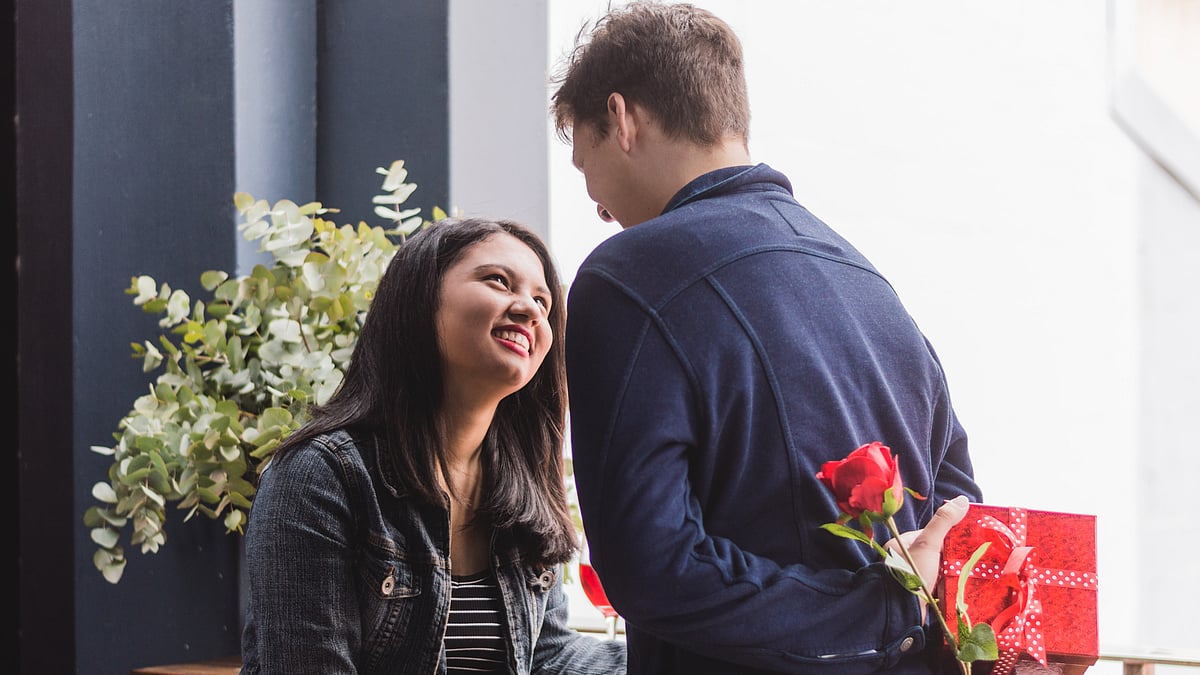They say a city has hundreds of cities within. But how many metros as large as Mumbai have entire villages tucked into their folds? I have had close encounters with these urban hamlets called ‘gaothans’ throughout my life.
As a child, my summer vacations were often spent at my paternal grandparents’ home in Khotachiwadi, in Girgaon. It opened my eyes early on that not everyone in Mumbai lived in homogenous apartments. That even in the heart of the city, you could have enough space for a backyard that was big enough for a German Shephard named Bingo to run around to his heart’s content. That neighbours – when they weren’t arguing about petty things – could be neighbourly, sending across East Indian Christmas kal-kals and homemade marzipan while your grandma sent them typical Kerala mutton stew. That my grumpy grandpa could even be sociable, sitting in the front verandah, chatting with all the residents on Sunday mornings as they trooped off to the St Theresa Church nearby, dressed in their Sunday best.

Jude Bakery on Waroda Road in Bandra’s Ranwar village | Pic by Priya Pathiyan
Fewer than half of the original two-storey Portuguese-style bungalows still stand today. Wooden staircases with intricately designed wrought iron railings. Huge flagstone tiles on the floor and solid Burma teak rafters holding up the sloping roofs. They were built by the East Indian community. These were local families of agris and kolis as well as early immigrants into old Bombay – the Pathare Prabhus and the Panchkalshi or Chaukalshi Somvanshi Kshatriya Prabhus – from the island and surrounding areas such as Vasai (Salsette) and Thane, who had converted to Christianity with the advent of the early Portuguese missionaries.
They named themselves ‘East Indians’ to align with the British East India Company, which had jobs for those belonging to the faith, and to differentiate themselves from the Goan Catholics who had started to come to Mumbai and compete for those same positions. Even today, their culture is unique, because, be it food, dressing or even language, it’s a meld of their original roots and the influence of the religious practices of the colonial rulers, first, the Portuguese and then the British.

Colourful fishing boats at Colaba Macchimar Nagar, the fishing village between the high rises of Cuffe Parade and Nariman point | Pic by Priya Pathiyan
I didn’t know all of this history then, but I could certainly feel the camaraderie of community. In the carom games at the local sports club. In the strum of the guitar that flowed out through many a window. Even now, although our family house has since changed hands, when I go back to the little lanes of this vibrant village, I can feel that very characteristic charm. I always stop at the darling little chapel that was built by the residents in gratitude when they survived the great bubonic plague epidemic that swept over the city in 1896. Especially poignant in the current situation, right?
There are many other such East Indian villages in Mumbai and, although several are being taken over by other communities, they are the last bastion where the unique syncretic nature of the community is preserved. As a rookie journalist writing in this very newspaper more than two decades ago, I worked on area-specific reports for the feature pages. One week, we were doing Mazgaon and I was covering Matherpacady. Familiar, thanks to the architecture and ambience, it was also different, because there was also a distinct Chinese influence on the area. I found the quietly colourful Kwan Tai Shek temple that apparently dates back to 1919. Speaking to the late St John (the oldest resident of the area at the time, who insisted on being addressed as ‘Sin Jin’) as he sat in his verandah much like my grandpa did, I got to hear many an interesting tale about the area, its people and the way time had stood still for centuries.

Girangaon as it is today. Chrome and steel co-exist with Mangalore tiles in the area stretching between Lower Parel and Parel | Pic by Priya Pathiyan
Bandra has many villages too; all you need to do is look out for them. People sometimes don’t see the suburb’s fishing village roots beyond the flash of Bollywood homes and the hype of high-end eateries. But the next time you talk about the Pali Village Café, perhaps you can pause to consider just why it is called by that name! I love rambling through the Bandra villages – Ranwar, Chimbai, Shirley-Rajan, Pali, and Chuim – and not just because their names roll off the tongue so tantalisingly! Some have stunning street art, some have quaint houses, some are teeming with friendly felines, and some have trendy vegan cafes where you can pretend that you’re quaffing your almondcino somewhere in Europe! It’s become a personal ritual to walk through all the bylanes to see the decorations every Christmas Eve. It doesn’t matter which religion you espouse (or none, like I do) – the festive mood is uplifting for everyone. Further afield, there are similar villages in Malad and even a museum of East Indian culture on the Manori-Gorai road. Each has similarities but also its own, unique vibe.
Where I live now is close to an area that was once called Girangaon, named for the many cotton mills that were clustered here. Today, the erstwhile mill towns of Lower Parel and Parel sport glitzy malls and fancy high-rises. But scratch beneath the surface and you’ll still see the sheaths of the old mills. The chimneys standing tall against the same skyline as the World Towers. The long, low chawls that once housed the mill workers and are now home to their progeny. The tiny mom-and-pop kirana shops that still cater to the same demographic even as the doyens of industry zoom past in SUVs the size of the rooms whole families live in.

And then there’s the plethora of fishing villages – at Cuffe Parade, Worli, Bandra, Khar, Sion, Versova, etc – some even dating back to the early 13th century. These koliwadas, though steadily disappearing or undergoing redevelopment and gentrification, are a delight to delve into for the Bombayphile, as they offer a precious glimpse into what life on the old islands may have been like.
For me, each exploration brings new joys and new realisations. That even if you have lived in this city all your life, walked its paths and talked to its people, there’s so much more to still discover.
(The columnist is Associate Editor, Travelgram, and a bespoke Mumbai tour specialist. Find her on Instagram and Twitter @priyapathiyan and @thehungryhappyhippy on Facebook. She blogs on thehungryhappyhippy.com)



